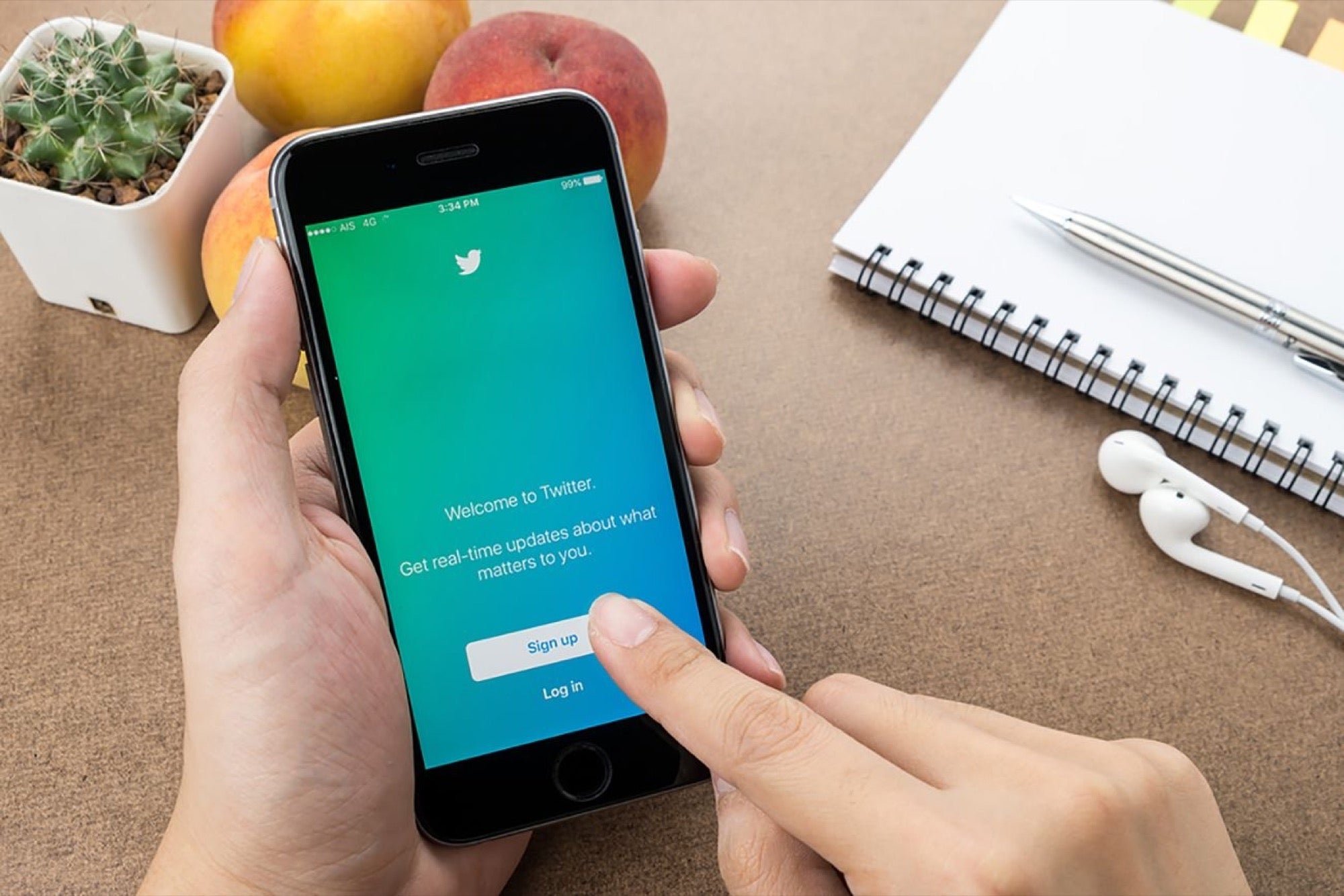Still Trying to Figure Out How to Deliver Effective Push Notifications? Here's What You Should Know Push notification is no longer an optional marketing channel; it's rapidly becoming a must-have tool. With top brands making some great strides in building high return on investment push notification strategies, it is time marketers followed suit.
By Suraj Dubey
Opinions expressed by Entrepreneur contributors are their own.
You're reading Entrepreneur India, an international franchise of Entrepreneur Media.

Push notifications are one of the most effective ways to deliver personalized messages to your customers. In the age of data privacy acts like the General Data Protection Regulation, where privacy and permission reign supreme, opt-in push notifications are the one trend marketers just can't afford to ignore anymore. Not only are push notifications aligned to the principle of permission-based marketing, but they're also one of the most effective marketing channels. A study by MoEngage revealed that click-through rates for push notifications can go up to 45 per cent, which is almost 7 times more than emails. As more and more brands are using push notifications as a cornerstone of their marketing communication, let's break down this marketing channel and figure out how different companies are making it work so well for them.
The Basics of Push Notifications
There are two main types of push notifications — mobile push notifications and web push notifications. The primary difference between the two is outreach. For mobile or app push notifications, the user needs to have your app installed. Web push notifications, on the other hand, can be sent on computers, laptops, and mobile browsers.
Push notifications come with a clear opt-in process. This means that customers get to manage their push messages by allowing or stopping brands from sending push notifications. While this may seem like a bad thing at first glance (text messages, for instance, don't have any such opt-in process), it actually works out really well in the long run. Customers who opt-in for push notifications are already interested in your brand and are much likelier to respond well to personalized communication.
Why App Push Notifications Don't Get Delivered
One of the major gripes that most marketers have with push notifications is the inconsistency in delivery. This problem is more common with app push notifications and there is any number of reasons. Push notifications may get blocked at the Operating System-level. They may also be Force Stopped by a battery-saving app. Then there could be device-level issues. For the Xiaomi and Lenovo 6000 series, for instance, failure rates are as high as 98-99 per cent. Other user-level issues also come into play — the user may not be connected to the internet for a long period, they may be inactive on the app for a while, or they might have uninstalled the app altogether.
Improving Push Notifications Delivery
Some of the issues with poor delivery rates are unavoidable, but others can be navigated with the right strategy. Here are some important techniques:
Working around GCM issues
Using a marketing automation platform with a strong push amplification product can address a lot of issues around OEM restrictions and network issues. A push amplification product acts as a fallback to the GCM when it detects a failure in notification delivery. Some of the biggest tech names in India, including Oyo Rooms and BigBasket, are seeing up to 15 per cent improvement in push notification delivery by using this tool.
Using AI-powered push notification tools
Another great way of improving delivery rates is by using an AI-enabled marketing automation tool. These tools use cutting-edge technology to improve all parts of the push notification process— from creating the push notification to customizing message content to improving delivery rates.
Incorporating Web push notifications
Chrome Push Notifications have been around for a while now but are still underutilized by most brands. Chrome push notifications can actually increase website conversions by up to 9X. Plus, they have higher opt-in rates than email, and the opt-out rates are much lesser than the mobile app push. Chrome push notifications also come with great analytics, helping marketers track website visitors, understand user behavior, and engage with them via relevant, customized push notifications.
Improving user flows
According to Kissmetrics, businesses that had 40 per cent of repeat customers generated 50 per cent more revenue. Plus, repeat customers also means more brand loyalty, helping companies build a solid base. That's probably why push notifications have become so much more focused around user flows and customer lifetime value. Marketers are now building and deploying omnichannel lifecycle campaigns — starting with onboarding flows and moving to engagement and nurturing.
Segmentation and personalization
We live in the age of personalization — in fact, 78 per cent of users only act on a push notification if it's relevant. The first step towards delivering a customized notification that speaks directly to a customer's needs is to segment customers by attributes and buying behavior. Gaana is a great example of an app that uses an automated segmentation platform to deliver personalized notifications that drive active listeners and paying customers.
Push notification is no longer an optional marketing channel; it's rapidly becoming a must-have tool. With top brands making some great strides in building high return on investment push notification strategies, it is time marketers followed suit.












